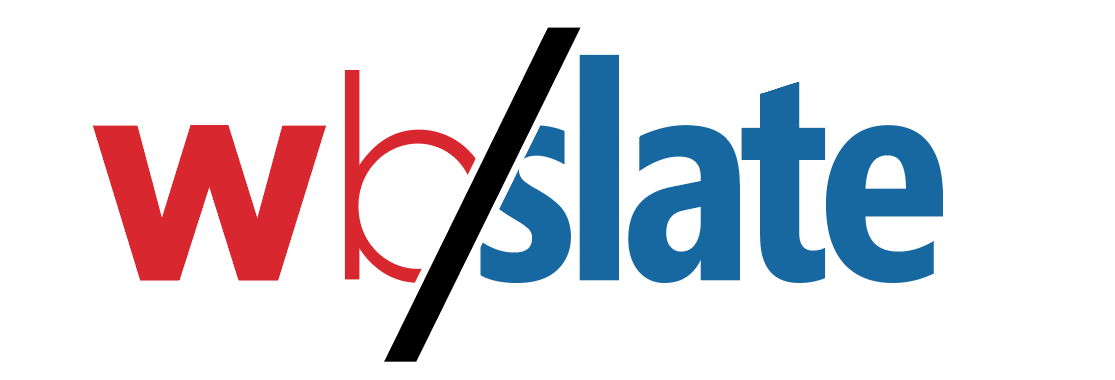The beauty of Technolutions’ Slate CRM is that it’s a blank…slate…and every institution can mold it in a multitude of ways to fit its unique institutional processes. But, regardless of how differently each college or university ultimately chooses to operationalize Slate, all have one thing in common–the need for meticulous cycle prep to ensure the next wave of students have the best possible user experience.
cycle prep: noun
/ˈsīk(ə)l/ /prep/
The act of making critical updates to your Slate instance annually before the start of the next admissions cycle.
Key Cycle Prep Initiatives for All Schools:
Periods and Rounds
Create new periods and rounds for the next application cycle and only activate them once you’re ready to go live. Our recommendation is to make these as clean as possible. Like, “Period 2022” or “2022 EA Students” for example. Remember to inactivate old periods and rounds!
Application(s)
Identify and make any needed changes to your Slate-hosted app. This includes text changes, updating application pages that are forms, adding or inactivating fields and prompts, updating soft or hard-fail logic, etc.
Identify any changes to non-Slate applications and update source formats when necessary. For example, did Common App recently add a new question? If so, you’ll need to update mapping for that and possibly create new fields and prompts to support it.
Queries
Consider the queries most essential to your processes. Any that are year-specific must be updated to retrieve accurate data for the upcoming cycle.
Reports
Update your funnel reports to accurately compare data year-over-year. Simply create a new section by copying the existing funnel report and updating the filter logic with the new year.
Campaigns
Comb through and update your population rules to ensure students are advancing in your messaging. Once you’re ready for the next cycle of students to receive them, update and refresh. After all, you wouldn’t want juniors to receive sophomore messaging!
TIP!: As recommended in many categories above, we encourage you to purge old or unused resources for optimal CRM performance and accuracy. By using these native Slate tools, you will be able to eliminate unnecessary queries, reports, forms, prompts, fields, and more.
- Use the Resource Auditor to review active resources.
- Use the Unused Resources tool to check for resources that haven’t been used in 365 days.
- Use the Consolidate Records tool to merge duplicate records.
Portals
Ensure you’ve made all necessary updates to your portal including important dates, filter logic, content blocks, year-specific language, and forms. Once complete, you can send the next cycle of students to your custom status portal by setting it on all applicable application rounds.
Speaking of portal pages…Waybetter is all about them! And we know how much work goes into a custom, status-driven portal with little year-to-year maintenance.
Something our Slate team creates for partners that we suggest to all is a portal management and training document to refer to for every day and year-to-year updates. Tracking everything from important dates and events to year-specific logic will come in handy when the time for cycle prep approaches.
Optional Cycle Prep Considerations:
- Did you add a new member to the team?
- Do you need to create a new user?
- Do you need to update staff assignment rules?
- Do you need to update the scholarship rules / translation table?
- Did your institution add a new major?
- Does the field mapping for any active source formats need updating?
- Do you have date-specific content blocks?
TIP!: Slate Service Desk’s Cycle Prep Status Page allows you to create a cycle prep checklist based on your unique institutional needs. Checklist items can even be modified as one-offs or recurring year-by-year.
Finally, as you continue to prepare for the next cycle of students, consider what is and isn’t working in your instance and how you can improve. Are your processes truly efficient? Are you using the most up-to-date Slate tools? Don’t miss out on this crucial time for preparation and optimization! A little bit can go a long way.
